Diving into the world of craft beer can feel as confusing as learning a new language. Did you know there are over 100 recognised styles of beer, each with its own jargon? Don’t fret – this guide will break down common beers and their nicknames so you can order at the bar with confidence.
Are you ready to become a certified beer aficionado? Dive in!
Key Takeaways
- This comprehensive guide provides a breakdown of common beer slang terms and their meanings, helping readers confidently order at bars.
- The language surrounding craft beer has evolved over time, with new words and phrases emerging to describe different styles and flavors.
- Understanding popular beer slang terms like “crispy boi” or “mlíko pour” enhances the enjoyment of the brewing experience.
The Evolution of Beer-Related Terms and Slang

People have loved beer for a very long time. Words about beer show this love. Over time, people start to use new words or change old ones. This is the case with beer-related terms and slang.
In early times, there were only basic terms like ale and lager. Now we have many more words such as IPA, stout, pilsner and microbrewery. These newer terms came from craft beer lovers wanting to describe their drink better.
Slurping a pint in a cosy pub wasn’t always easy for everyone though. In fact, bars used tricky phrases called “slang”. You would hear things like “I’ll take a frothy”, instead of just asking for a pint of draught! Some slangs even come from different places around the world!
Understanding these terms makes your visit to the brewery fun and exciting! It opens up new tastes that you might not try without knowing these words.
The changing language shows how much we care about our brews!
Popular Beer Slang Terms and Their Meanings

In this section, we will explore some popular beer slang terms and their meanings.
Crispy boi

A “crispy boi” is a slang term used to describe a beer that has a clean and refreshing taste. It refers to beers that are light in color, like lagers or pilsners, and often have a crisp finish when you take a sip.
The term “boi” is just a playful way of saying “boy.” So, if someone says they want a crispy boi, they’re asking for a light and refreshing beer that’s perfect for quenching their thirst on a hot day.
Mlíko pour

Mlíko pour is a term used in the beer world to describe a specific pouring technique. It originated in Czech Republic, where it translates to “milk pour” because of its resemblance to the way milk is poured into coffee.
When doing an mlíko pour, the bartender slowly pours the beer along the side of the glass, allowing it to gently cascade down and create a thick, creamy head on top. This technique is often used for beers like stouts and porters that benefit from a velvety texture and smooth mouthfeel.
The result is a visually appealing pint with a rich foam on top that enhances the overall drinking experience. So next time you order your favorite dark beer, ask for an mlíko pour and enjoy every sip!
Gusher
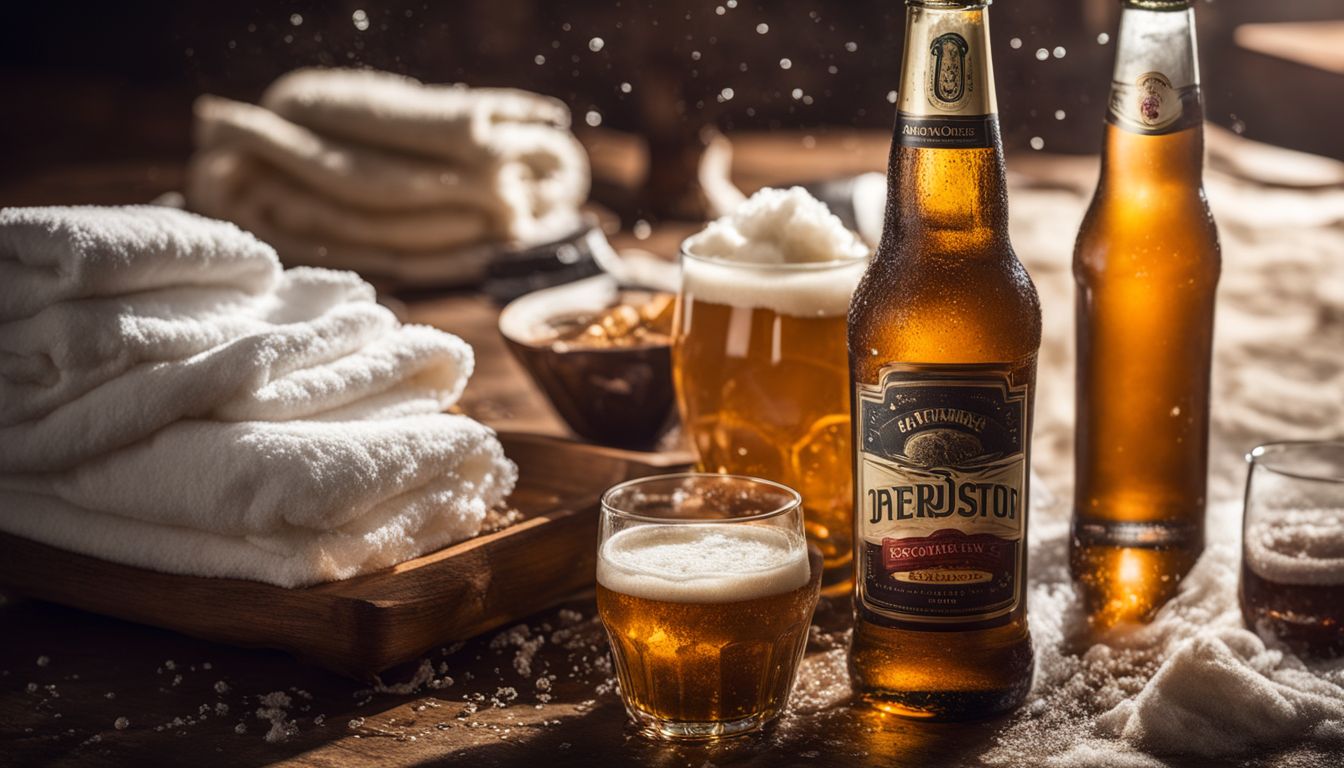
A gusher is a term used to describe a beer that has excess carbonation and foams up quickly when opened. It’s like when you shake a soda can and it sprays everywhere. Gushers are known for being messy and hard to pour without losing half the beer.
Nobody wants a gusher because it means wasted beer! So, if you ever come across a gusher, be prepared with some towels or grab another bottle instead.
Crushable

Crushable beer is a term used to describe a beer that is easy to drink and goes down smoothly. It refers to beers that are light, refreshing, and have a lower alcohol content. These types of beers are perfect for casual social gatherings or when you want to enjoy a few drinks without feeling too full or intoxicated.
Some examples of crushable beers include session IPAs, pilsners, and light lagers. So next time you’re looking for a beer that you can easily sip on throughout the night, reach for something crushable!
Hazy
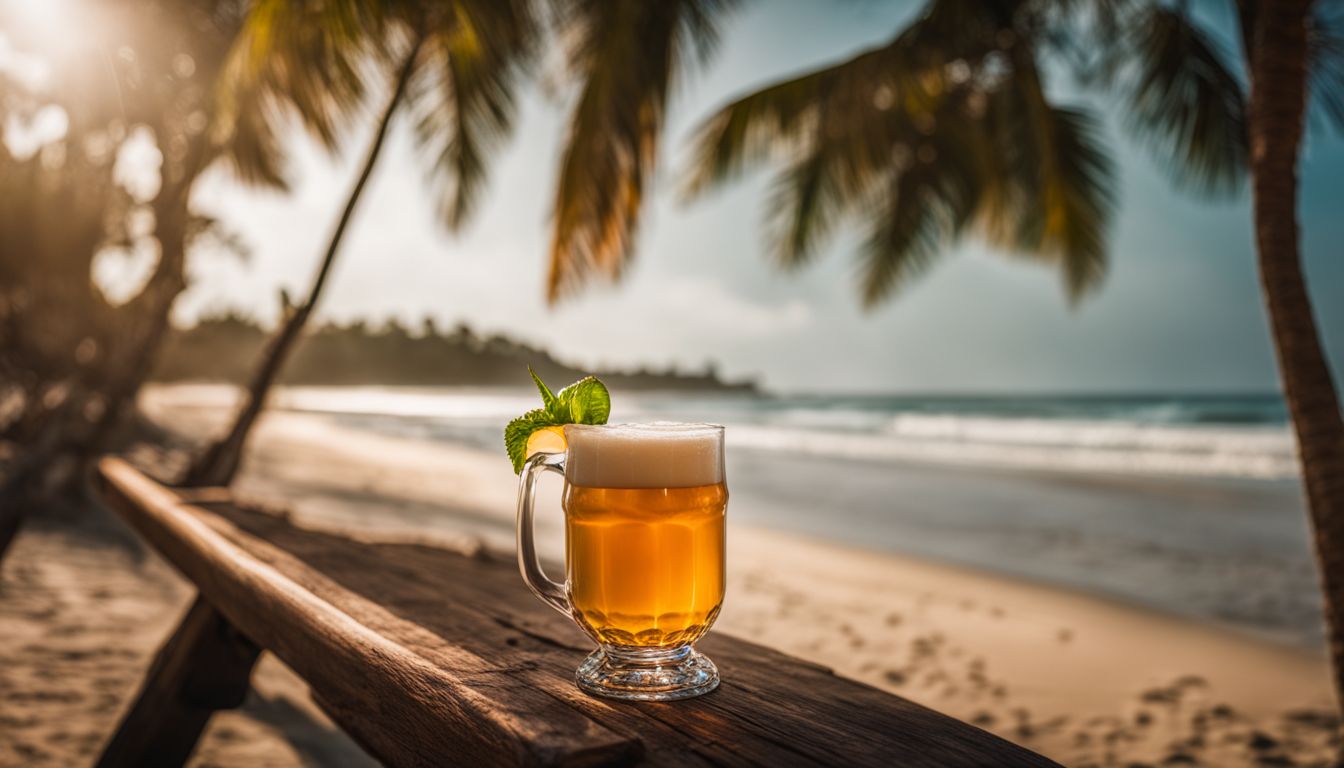
Hazy beers are a popular style in the craft beer world. They get their name from their cloudy, opaque appearance. This haze is caused by proteins and yeast that are still present in the beer.
Hazy beers often have a juicy and tropical flavor profile, with notes of citrus and tropical fruits like mango or pineapple. They are typically brewed using hops that impart these fruity flavors.
Hazy IPAs, also known as New England IPAs, have gained a lot of popularity in recent years for their smooth mouthfeel and vibrant flavors. So if you’re looking for a beer that’s full of flavor and has a unique appearance, give hazy beers a try!
Hop bomb
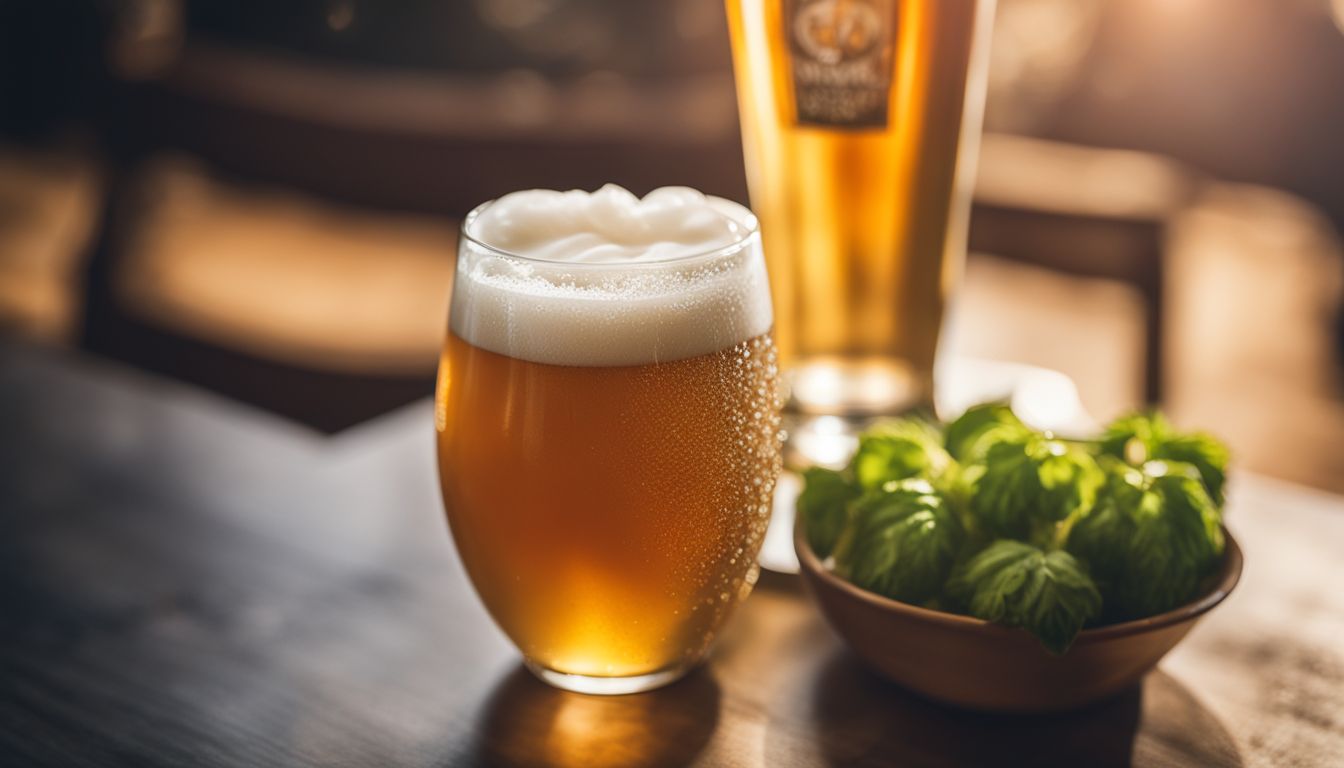
A hop bomb is a term used to describe a beer that has a strong and intense hop flavor. Hops are flowers that add bitterness, aroma, and flavor to beer. A hop bomb is known for its bold and aggressive taste, with an emphasis on the hops.
It can be enjoyed by those who appreciate the bitterness of hops in their beer. Some examples of hop bomb styles include double IPAs and imperial IPAs. These beers often have high levels of alcohol content as well.
So if you’re looking for a big punch of hops in your brew, try a hop bomb style beer!
Session beer

Session beer is a term used to describe beers that have a lower alcohol content, making them more suitable for longer drinking sessions without getting too intoxicated. These beers are typically lighter in body and flavor compared to stronger brews.
The concept of session beer originated in Britain, where it was common for workers to have “sessions” at the pub after work. Session beers are meant to be enjoyed over an extended period of time without overwhelming the drinker with a high alcohol content.
They can range from light lagers to flavorful pale ales, providing options for those who want to savor their beer without feeling the effects too quickly. Whether you’re enjoying a few pints with friends or just looking for something refreshing throughout the day, session beers are a great choice for casual drinking occasions.
Adjunct

Adjunct is a term used in the beer world to refer to ingredients other than water, malted barley, hops, and yeast. These additional ingredients can range from fruits and spices to corn or rice.
Adjuncts are often used to add flavor, color, or improve the texture of the beer. They can also affect the alcohol content and overall character of the brew. Some common examples of adjuncts include orange peel in Belgian Witbier or pumpkin in pumpkin ale.
By using adjuncts, brewers have more creative freedom to experiment with different flavors and styles of beer.
Barrel-aged
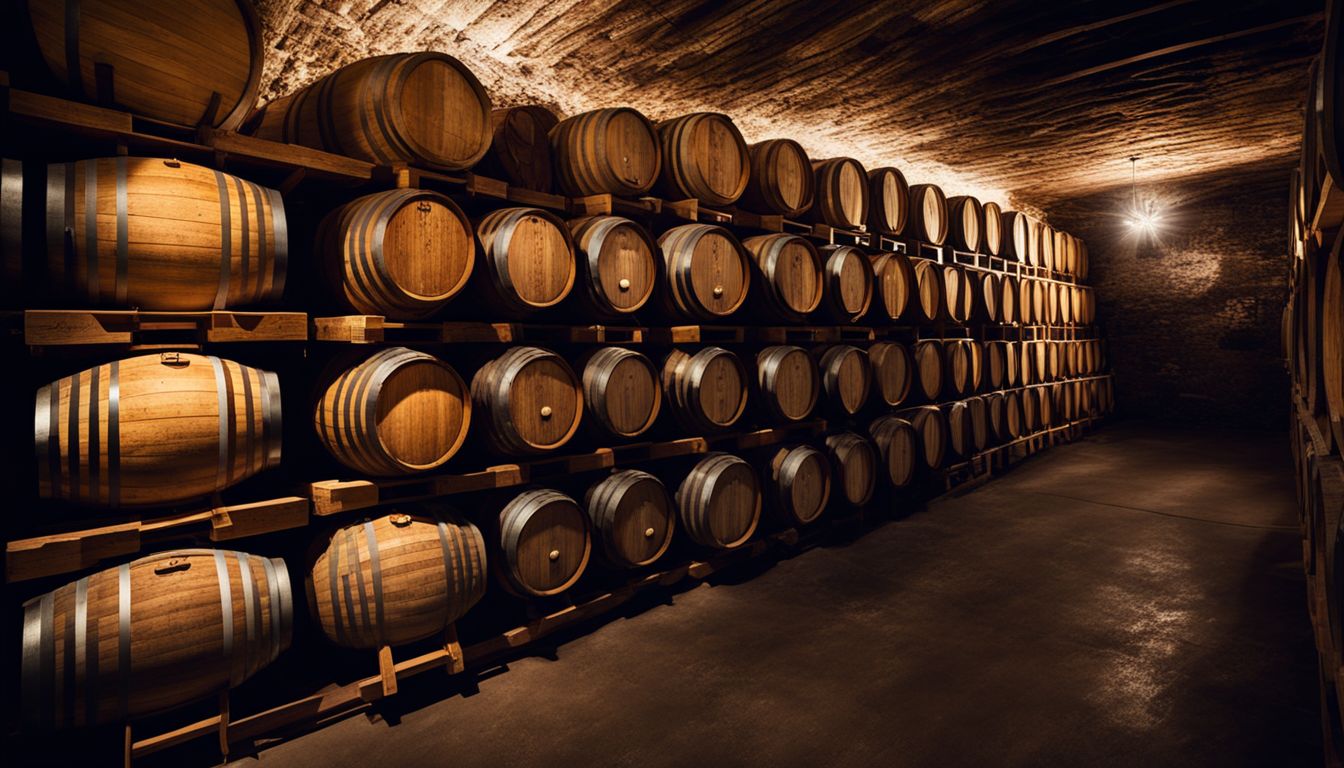
Barrel-aged beers are a special type of brew that have been aged in wooden barrels. This process adds unique flavors and characteristics to the beer. The barrels are often made from oak, which gives the beer a rich and complex taste.
During the aging process, the beer absorbs flavors from the wood, as well as any other ingredients that may have been previously stored in the barrel, like bourbon or wine. This results in a deep, smooth, and sometimes even boozy flavor profile.
Barrel-aged beers are highly sought after by craft beer enthusiasts for their depth and complexity. Whether you prefer a stout or an ale, trying a barrel-aged beer is definitely worth it for those looking to expand their palate and experience something truly special.
Sour
Sour beer is a type of beer that has a tangy and acidic taste. It’s made by intentionally introducing certain bacteria or wild yeast during the brewing process, which gives it its distinctive sour flavor.
Some popular styles of sour beer include Berliner Weisse, Gose, and Flanders Red Ale. Sour beers can be quite refreshing and are often enjoyed during the summer months. They pair well with dishes like seafood, salads, and cheese.
So if you’re looking for something different to try, give sour beer a chance!
Common Beer-Related Terms and Vocabulary

In this section, we will explore common beer-related terms and vocabulary that every beer enthusiast should know.
Lager
Lager is a type of beer that is brewed and fermented at lower temperatures than other styles. It originated in Germany, where it was first produced in the 19th century. Lager has a crisp and clean taste, with a lighter color compared to ales.
It’s known for its smoothness and refreshing qualities. Some popular lager brands include Budweiser, Heineken, and Stella Artois. Lager is often served in pints or bottles and can be enjoyed on its own or paired with various foods like burgers or pizza.
So if you’re looking for a cold, easy-drinking beer, give lager a try!
IPA
IPA, short for India Pale Ale, is a popular beer style known for its strong hoppy flavor. It originated in England and was brewed with extra hops to preserve the beer during long journeys to India.
Today, IPAs are loved by beer enthusiasts for their bold and bitter taste. They have higher alcohol content and are characterized by their amber or golden color. IPAs are often described as citrusy, floral, or piney due to the aromatic hops used in brewing.
Whether you’re a fan of hoppy beers or just curious to try something new, an IPA is definitely worth exploring in your craft beer journey.
Pale ale
Pale ale is a type of beer that has a lighter color compared to other types. It is brewed with pale malts, which gives it its name. Pale ales are known for their balanced flavors and hoppy profiles.
They have a moderate level of bitterness and showcase the aromas and flavors of hops without being overpowering. This makes them a popular choice among beer drinkers who enjoy a more subtle and refreshing taste.
Some famous examples of pale ale include Sierra Nevada Pale Ale and Fuller’s London Pride. So if you’re looking for a beer that offers a nice balance between maltiness and hoppiness, give pale ale a try!
Pilsner
Pilsner is a type of beer that originates from the Czech Republic. It is known for its light and crisp taste, making it a popular choice among beer enthusiasts worldwide. Pilsners are brewed using specific strains of yeast and pale malt, resulting in a golden color and distinct hop flavor.
They have a clean finish with moderate carbonation, making them refreshing and easy to drink. Pilsners are often enjoyed on their own or paired with foods like seafood or salads. So if you’re looking for a refreshing beer with a smooth taste, give pilsner a try!
Stout
Stout is a type of beer that is known for its dark color and rich, roasted flavor. It’s made with malted barley, which gives it a strong and bold taste. Stout beers often have hints of chocolate, coffee, and caramel.
They are usually full-bodied and smooth to drink. Stouts are great for those who enjoy a more intense and robust beer experience. Some popular varieties of stout include Guinness, Imperial Stout, Oatmeal Stout, and Milk Stout.
So if you’re looking for a beer that packs a punch in terms of flavor, give stout a try!
Porter
Porter is a type of beer that has a rich and dark flavor. It’s often described as having hints of chocolate, coffee, and roasted malt. This beer style originated in London in the 18th century and was named after the working-class porters who enjoyed drinking it.
Porters are typically brewed using a combination of malted barley, hops, water, and yeast. They have a moderate alcohol content, usually around 4% to 7%. If you’re looking for a beer with bold flavors and a smooth finish, give Porter a try!
Belgian beer
Belgian beer has a rich history and is known for its diverse range of styles. From Trappist ales to Lambics, there is something for every beer lover to enjoy. Belgian beers are often brewed with unique ingredients and have distinct flavors that set them apart from other types of beer.
They are also typically strong in alcohol content, which adds to their complexity. Whether you’re a fan of fruity Saisons or bold Tripels, exploring the world of Belgian beer is an adventure in itself.
So grab a glass, raise it high, and savor the flavors of this beloved brew!
Wheat beer
Wheat beer is a type of beer that is brewed with a significant amount of wheat in addition to barley. This gives it a distinct flavor and character compared to other beers. Wheat beer tends to be light and refreshing, with hints of fruitiness and sometimes even a touch of spiciness.
It’s often cloudy in appearance due to the proteins from the wheat, which can make it look hazy. Popular examples include German-style hefeweizen and Belgian witbier. If you’re looking for a beer that’s smooth and easy to drink, give wheat beer a try!
Sour beer
Sour beers are a unique and tart style of beer that has become increasingly popular in the craft beer community. These beers have a distinct sour taste, often resembling flavors like green apple, lemon, or even vinegar.
They are created through a process called “souring,” where specific bacteria or wild yeasts are added during fermentation. This gives the beer its characteristic tanginess. Sour beers offer a refreshing and palate-tingling experience for those who enjoy something different from the usual hoppy or malty flavors.
Whether you’re new to sour beers or already a fan, exploring this style can be an exciting adventure in your beer journey.
The History and Origins of Beer
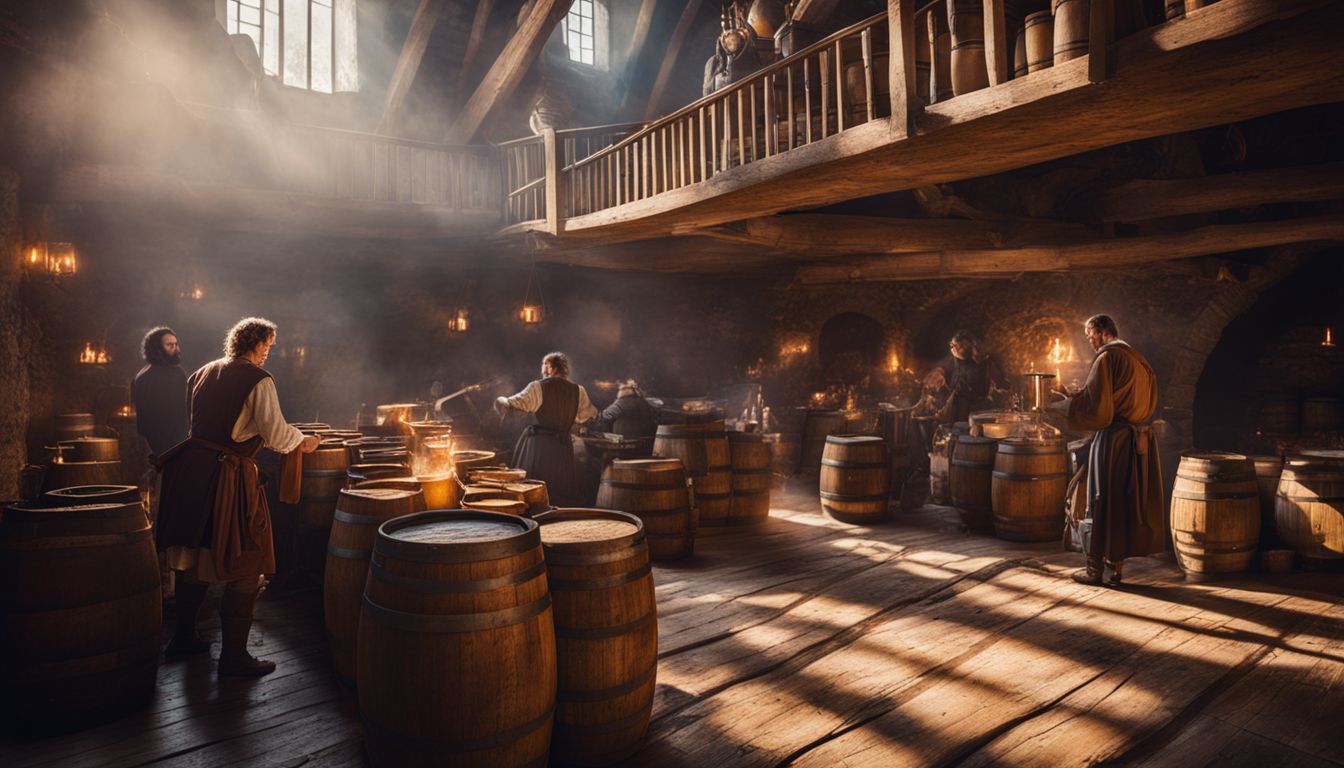
The word “beer” has its origins in the Old English word “beor,” which can be traced back to ancient Germanic languages.
Etymology of the word “beer”
The word “beer” has an interesting origin. It comes from the Latin word “bibere,” which means “to drink.” So, beer is literally a drink! This shows that beer has been enjoyed by people for a very long time.
When you have a pint of beer, you can think about its ancient roots and how it has evolved over the years. Cheers to the history of beer!
Ingredients used in beer production
Beer is made from a few simple ingredients. Here’s what you need to know:
- Water: Beer is mostly water, and it’s an important component for brewing.
- Barley: Barley is the main grain used in beer production. It provides the sugars that yeast ferment into alcohol.
- Hops: Hops are flowers that give beer its distinctive bitterness and aroma. They balance out the sweetness of the barley.
- Yeast: Yeast is a microorganism that ferments the sugars in the barley, turning them into alcohol and carbon dioxide.
Brewing process
Brewing beer is a fascinating process that involves several steps. Here’s how it’s done:
- First, malted barley is soaked in hot water to release the sugars. This mixture is called the mash.
- The sweet liquid extracted from the mash, called wort, is then boiled and hops are added for bitterness and aroma.
- After boiling, the wort is cooled and yeast is added. Yeast converts the sugars into alcohol and carbon dioxide through a process called fermentation.
- Fermentation usually takes a couple of weeks, during which time the beer develops its unique flavors and alcohol content.
- Once fermentation is complete, the beer is filtered or clarified to remove any remaining sediments.
- Finally, the beer is carbonated either naturally through conditioning or artificially by injecting carbon dioxide.
The Importance of Beer Terminology and Slang in the Craft Beer Community
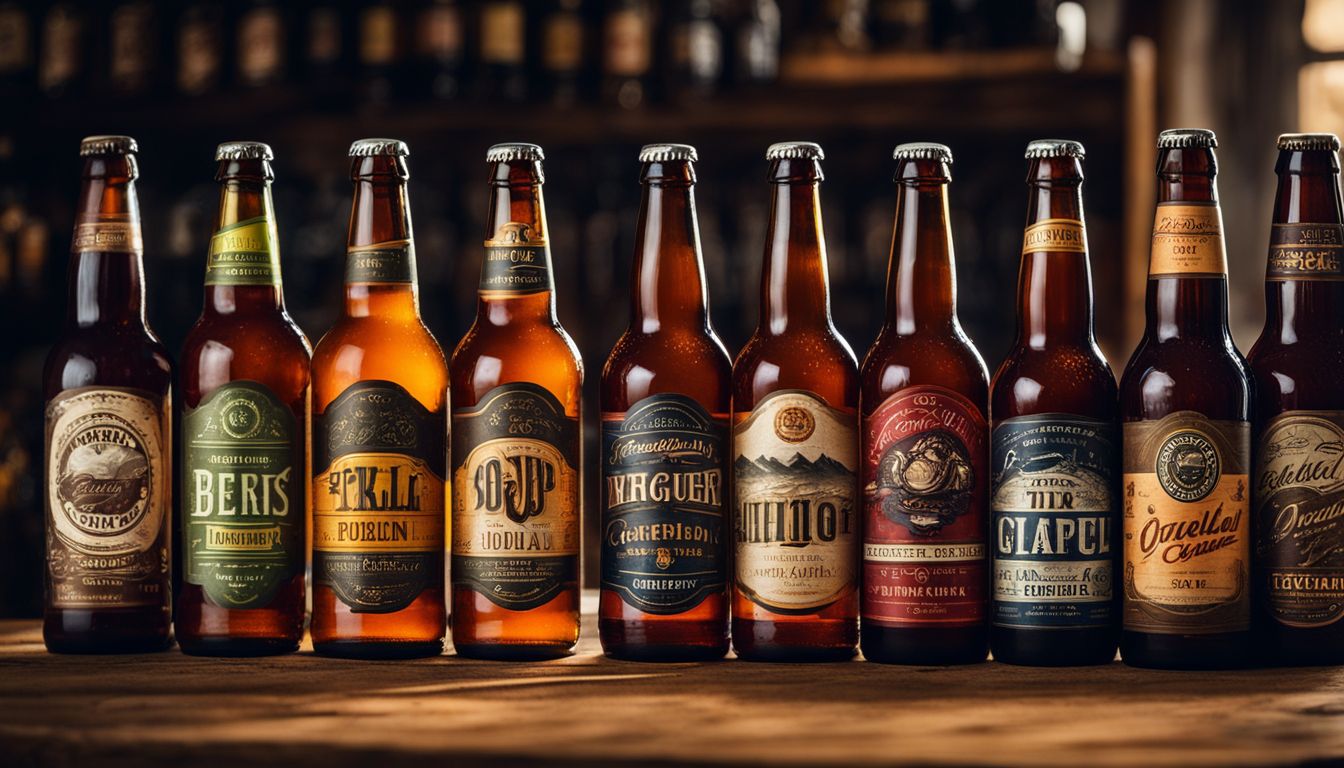
Craft beer has its own unique language and culture, with a plethora of terminology and slang that is widely used within the community. Understanding these terms is essential for beer enthusiasts as it allows them to communicate effectively about their favorite brews and navigate the vast array of options available in the craft beer world.
By familiarizing themselves with beer-related terms and slang, individuals can engage in meaningful conversations with fellow beer lovers, whether it’s discussing different styles such as IPAs or stouts, or sharing tasting notes and recommendations.
This shared language creates a sense of camaraderie within the craft beer community, allowing people to connect over their mutual love for all things hoppy, malty, or sour.
Moreover, being knowledgeable about beer terminology can also enhance one’s overall drinking experience. It enables enthusiasts to appreciate the complexities of various styles and understand how different brewing techniques impact taste profiles.
Whether you’re at a brewery tour, visiting a taproom or ordering from a menu at your favorite pub or bar, having this knowledge empowers you to make informed choices that align with your preferences.
Conclusion
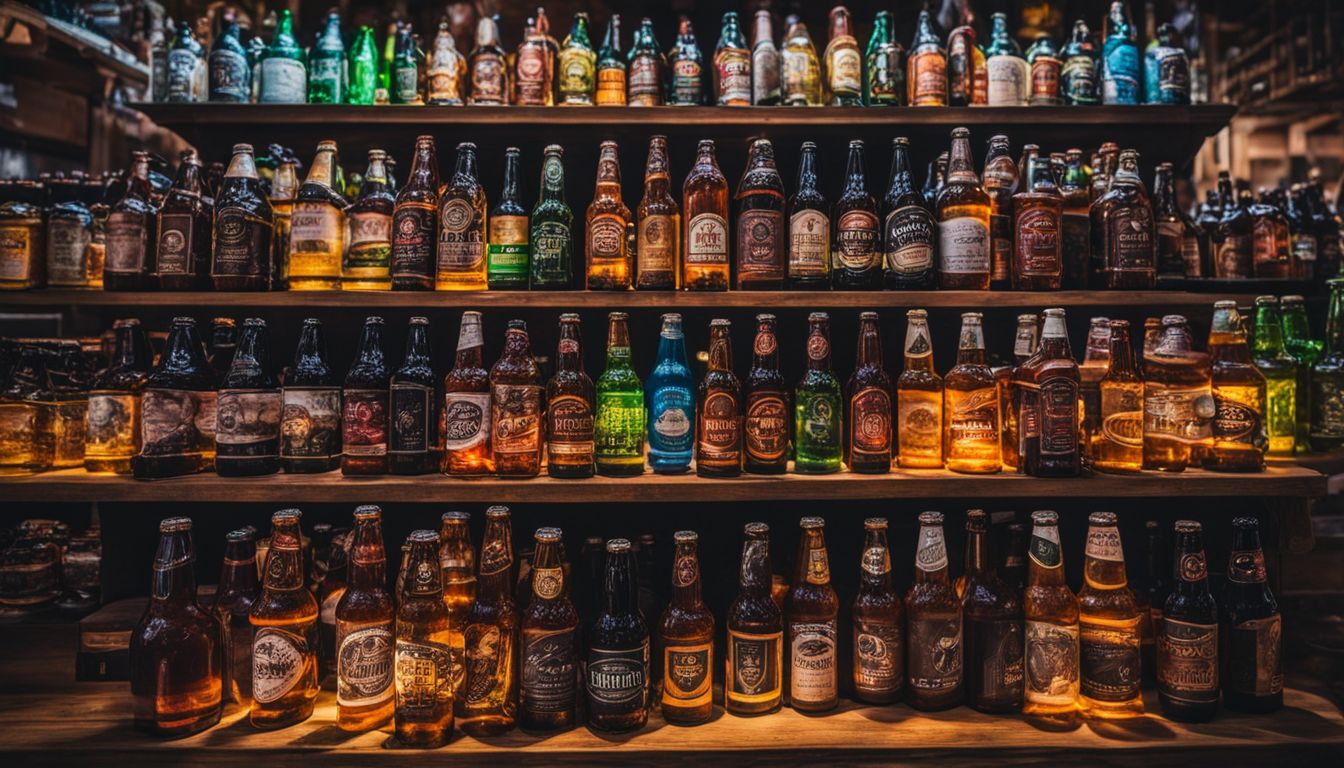
In conclusion, this comprehensive guide to beer-related terms and slang is a valuable resource for any beer drinker. By understanding the language and culture surrounding craft beer, readers can enhance their enjoyment of different styles and make informed choices when ordering at bars or breweries.
With this knowledge, exploring the world of beer becomes even more exciting and fulfilling. Cheers to expanding your beer vocabulary!
FAQs
1. What is the definition of a brewpub?
A brewpub is a combination of a brewery and a pub, where beer is brewed on-site and served directly to customers.
2. What does the term “session beer” mean?
A session beer refers to a beer that has low alcohol content, typically around 4-5%, making it suitable for longer drinking sessions without getting too intoxicated.
3. What does the word “hoppy” mean in relation to beer?
When we say a beer is hoppy, it means that it has a strong and pronounced taste or aroma of hops, which can give bitterness or floral notes to the beer.
4. What is the difference between an ale and a lager?
The main difference between an ale and a lager lies in their fermentation process. Ales are fermented at warmer temperatures using top-fermenting yeast, resulting in fruity or robust flavors. Lagers are fermented at colder temperatures using bottom-fermenting yeast, resulting in smoother and cleaner flavors.
